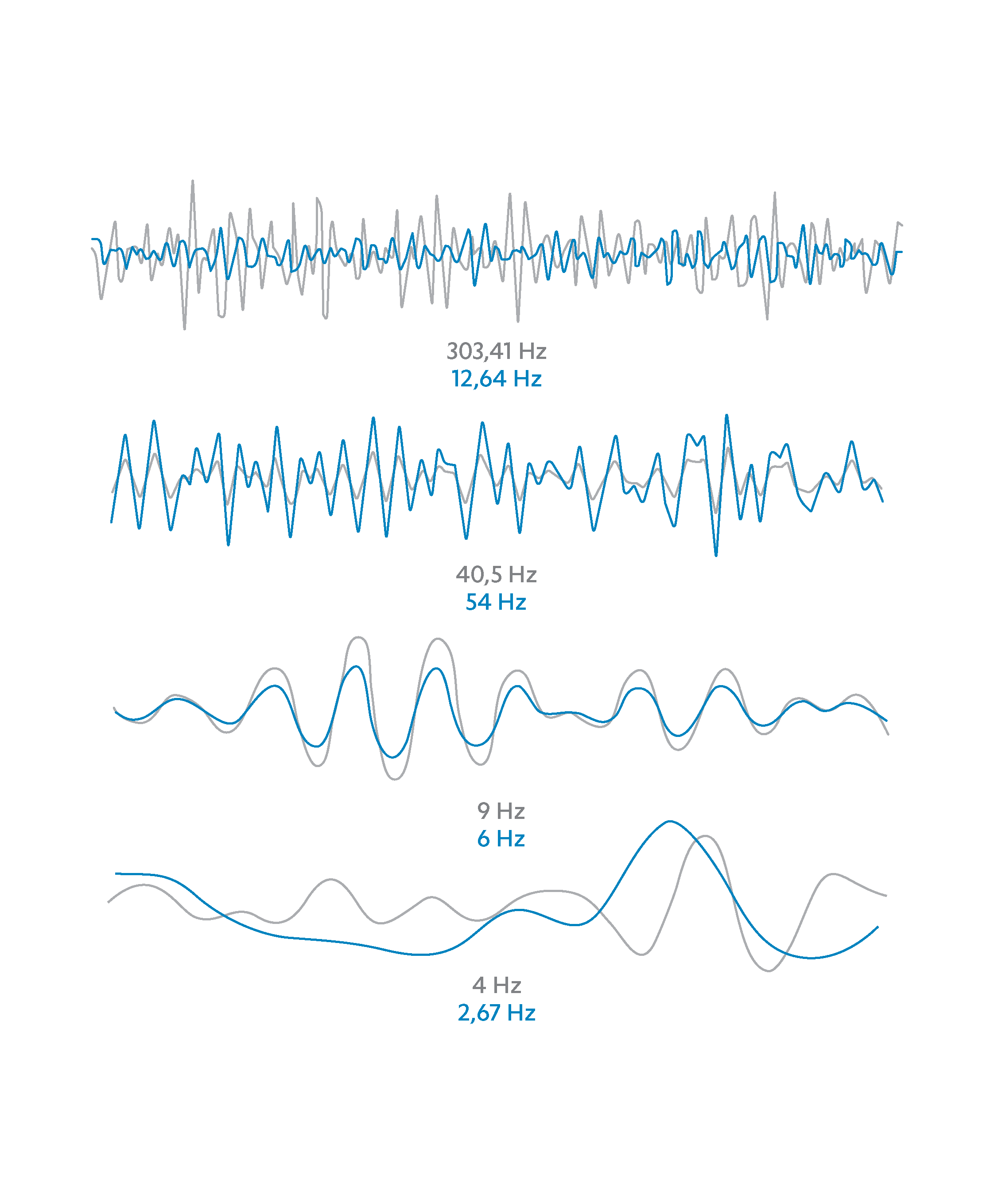Without getting too philosophical, let me ask you this: can you control your own mind or is your mind in charge of you? That may not actually be the correct question, because we are our minds, but sometimes it feels like we’re wrestling against our own thoughts. If you’ve ever been distracted by constantly thinking about work during your holidays, or if you are thinking a mile a minute when your body tells you to go to sleep, then you’ve experienced what we all have at some point: the out-of-body sensation that our minds are sometimes functioning in a way counterproductive to our own interests.
The human desire to seize control of our own minds is longstanding one. We’re not talking about controlling the minds of others (that’s a separate history) but of taking over the driver’s seat for ourselves, our moods and our thoughts. The most obvious way to approach this has been pharmaceutical. If we suffer from a headache, or if we can’t fall asleep but really need to, we’ll take a pill. If we have a more global medical condition, such as depression or anxiety, there are pills to alleviate these symptoms. Those are examples of our minds behaving in ways that we recognize are not beneficial to us and which we wish to alter. Prior to medicines, mind-altering herbs and plants, like ayahuasca, were used. And sometimes, in ancient societies, headaches and illnesses were fought with voluntary aggressive surgeries, like trepanning. Bad idea. But those are extreme examples and also invasive. There are also milder approaches that work demonstrably. Any form of psychotherapy is an attempt to seize control of one’s own mind through the simple process of speaking and altering the way we think about issues and traumas.
Wellness Wearables for Mind Control
But today, in our era of hyper-advanced technologies, wellness wearables represent the newest way forward. And of the various methods available, the one most tried-and-true, the one safest, non-invasive, non-pharmaceutical and swiftly effective for almost everyone involves harnessing electromagnetic wave pulses in specific patterns that our minds like to imitate.
Pulsed Electromagnetic Field therapy (PEMF for short) has been around for far longer than you might realize.

A Short History of PEMF
PEMF has been in use since the mid-19th century and has been the subject of thorough study and hundreds of research papers since the 1970s. The main focus was on how electromagnetic pulses can heal bone fractures. That is how powerfully beneficial they can be. But at vastly reduced strengths, they can also benefit the mind and, for more than a decade, PEMF has been FDA-approved for the treatment of depression, among other ailments. This is a therapy type that is demonstrably effective, safe and has been in use for decades.
What is quite new is the transference of PEMF therapy to wellness devices, including wearables that do not require a prescription and can be used safely at home without a doctor’s supervision. Due to bureaucracy some of these devices are given the odd label “brain entertainment,” but they are in fact properly therapeutic. The idea that they are “brain entertainment” is both silly and correct. The way they work is the catch the brain’s attention by releasing electromagnetic pulses in patterns that replicate various brain states. Our brains naturally wish to mimic external, rhythmic stimuli (like when you’ve been lulled to sleep on a long car ride, which is encouraged by the rhythm of the car’s engine and wheels mirroring the theta waves in brain activity, the slowest frequency which is associated with sleep). One might imagine that these wellness wearables are “playing” with the brain and, like a game of Simon Says, the brain copies the chosen mood of the wearable user. These devices come preprogrammed with various settings that match brain wave patterns, so the user can select options to encourage sleep, relaxation, meditation, focus, energy and even things like pain relief.
The benefit is that this proven, safe technology works for the majority of those who use it. Sometimes it takes a bit of practice, using the device daily for a week or so, for the brain to get used to accepting the external stimuli, but there is no doubt that it works for most. It is also non-addictive and a reasonable one-time cost (most devices cost in the low hundreds), making it far less expensive and less risky than many pharmaceutical options.
Passive vs Active Wearables
Wearables in this vein tend to fall into two categories: passive and active. Passive devices measure brain waves, heartbeats, sleep patterns and the like. Devices like Muse and Dreem monitor how you sleep and provide information. This can be useful and is certainly interesting but the devices themselves do not actively help you. They do so passively, by recording what is happening in your brain. Based on that information it’s up to you to do something about it to improve your situation.

The active devices produce stimuli that encourage your brain to behave differently, in line with your preferences. These include FDA-approved devices like Fisher Wallace, which is used to treat depression, insomnia and anxiety, Halo Sport (headphones that put your brain in a state to absorb information better, to enhance learning), and NeoRhythm, which is a headband that employs PEMF techniques to allow users to select their preferred state of mind, from sleep to concentration to pain relief and beyond.
A key to all of these devices is that they are safe. First, do no harm, and these fit the bill. Some are already FDA-approved, others are categorized as “brain entertainment” but are nevertheless effective for wellness. PEMF is truly a game-changer when it comes to seizing control of your own mind in a non-invasive, non-addictive, harmless manner.
Who knows what the future will bring, but for now we can be grateful for the scientific breakthroughs of today.


